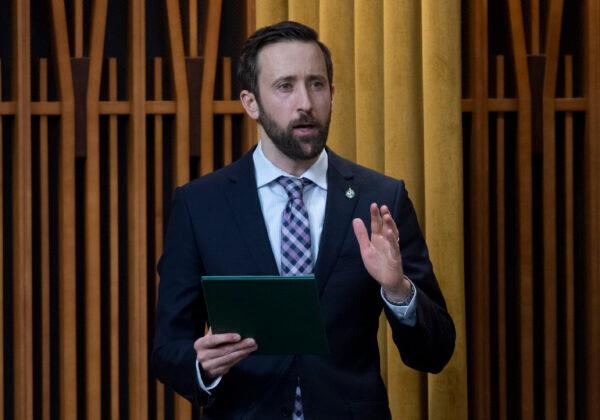Concerns over the government’s ability to balance the books once the pandemic is over have been exacerbated by the extension of the Canada Emergency Response Benefit (CERB) for another two months.
Experts are saying that the government needs to come up with a way to balance providing aid to those who need it with working toward reducing costs—and therefore borrowing—as much as possible.





